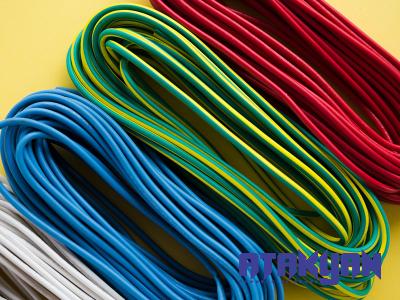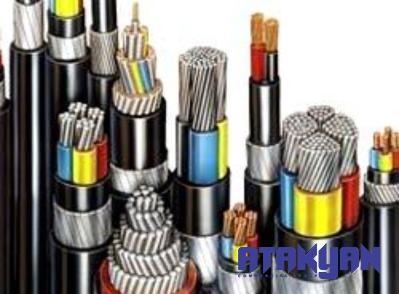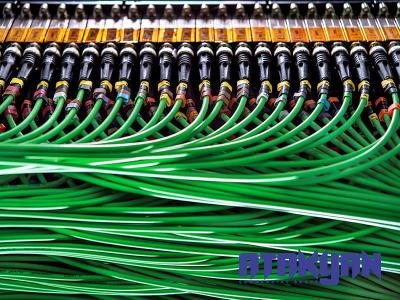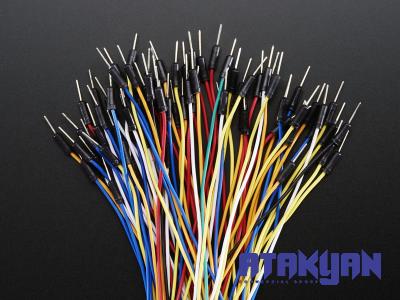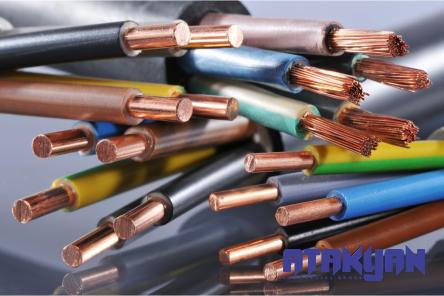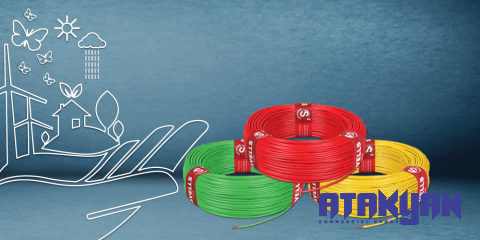A Comprehensive Guide
Welding is a crucial process in various industries, enabling the fabrication and repair of metal structures. One important aspect of welding is choosing the right welding wire, especially when working under CO2 gas shielding. In this article, we will discuss the benefits of using welding wire under CO2 gas, factors to consider when buying it, and the average price range to help businesses make informed decisions.
Discuss Welding Wire Under CO2 Gas
When it comes to welding, shielding gases play a vital role in protecting the weld pool from atmospheric contamination. CO2 gas is commonly used as a shielding gas due to its affordability and effectiveness in most welding applications. When combined with appropriate welding wire, CO2 gas creates a stable arc, providing ample protection for the weld.
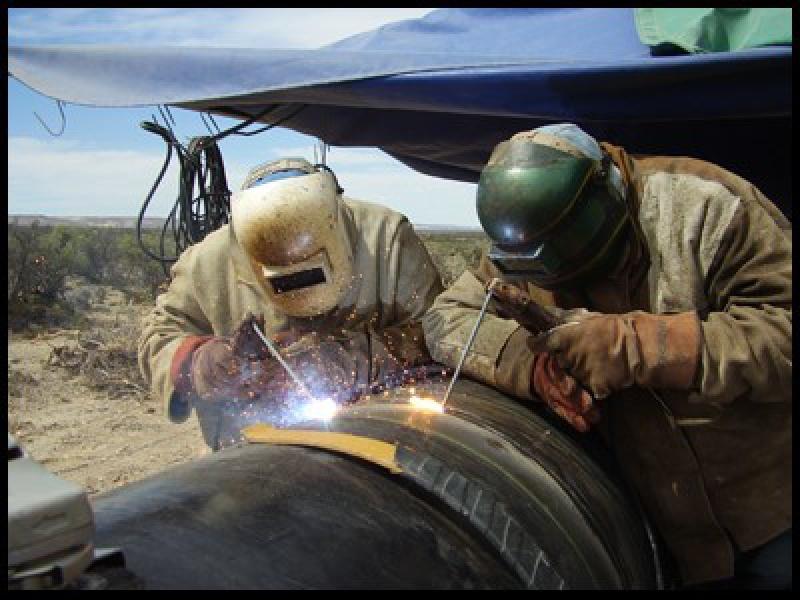
CO2 gas shielding is widely used in industries such as construction, automotive, and shipbuilding. It offers excellent penetration capabilities and produces high-quality welds on materials like mild and low-alloy steels.
Buying Welding Wire Under CO2 Gas
Choosing the right welding wire is essential for achieving successful welds and ensuring the longevity of the final product. When purchasing welding wire suitable for use under CO2 gas, there are a few factors to consider:
1. Wire Type: Different welding processes require specific wire types. For CO2 gas shielding, solid wire electrodes are the most common choice. They offer high efficiency, good arc stability, and low spatter levels. Solid wire electrodes are suitable for both automated and manual welding applications.

2. Wire Diameter: Welding wire comes in various diameters, typically ranging from 0.6mm to 1.6mm. The choice of wire diameter depends on the thickness of the metal being welded. Thinner wires are recommended for thinner materials, while thicker wires are better suited for thicker metals. It is essential to consult welding charts or seek expert advice to determine the appropriate wire diameter for a particular application.
3. Material Compatibility: Welding wires are available in different materials, including mild steel, stainless steel, and aluminum. Ensure that the chosen welding wire is compatible with the base metal being welded. Mild steel wires are suitable for most general welding applications, while stainless steel wires are commonly used in industries requiring strong corrosion resistance.
4. Quality Certifications: Look for welding wires that meet industry standards and have valid certifications to ensure their quality, consistency, and performance. ISO 9001 certification is a good indicator of a reputable manufacturer.
Price of Welding Wire Under CO2 Gas
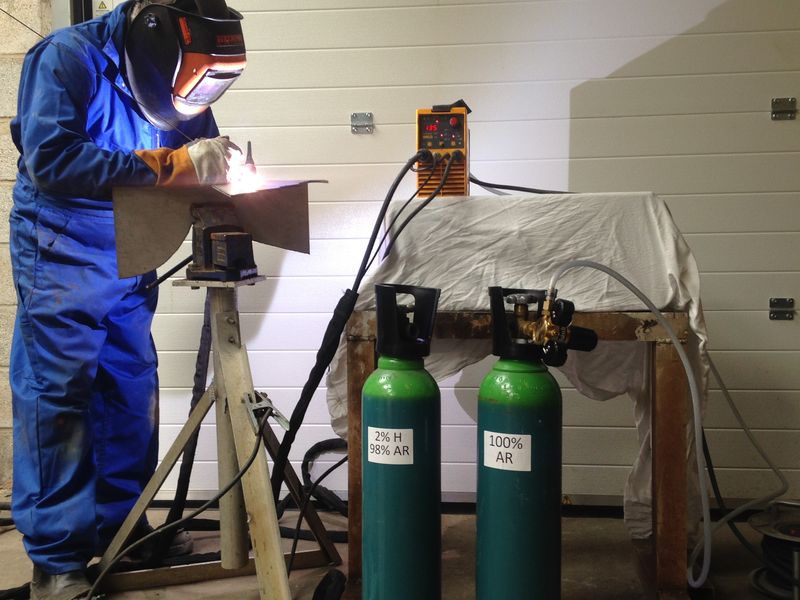
The cost of welding wire can vary depending on several factors, including the brand, wire diameter, and material compatibility. Generally, welding wire under CO2 gas shielding is more affordable compared to other shielding gases, making it a cost-effective choice for many businesses.
The price of welding wire varies by the weight of the spool, typically measured in pounds or kilograms. As of 2021, the average price for mild steel welding wire ranges from $0.60 to $2.50 per pound, while stainless steel welding wire can cost between $3.50 and $5.50 per pound. High-quality welding wire may be more expensive but offers better performance and durability.
It is important not to compromise quality for cost. While cheaper welding wires may save money upfront, they can result in poor quality welds, increased rework, and potential safety risks. Investing in reputable brands and high-quality welding wire ensures optimum welding results and reduces long-term costs.
In conclusion, welding wire under CO2 gas shielding is a popular choice for various industries due to its affordability and effectiveness. When purchasing welding wire, it is vital to consider factors such as wire type, diameter, material compatibility, and quality certifications. Although prices may vary, investing in high-quality welding wire ensures reliable and durable welds. By making informed buying decisions, businesses can optimize their welding processes and achieve superior results.

